Mats are cool, they flex and slide over waves and have an amazing ability to turn gravity into acceleration.
I think weve all spent our younger years on a mat and Id like to see where mat design can expand, what variations are possible and what new designs can be explored.
A few years ago I started building craft with flexible hulls, not always inflatable but exploring how a flexible hull reacts to a wave.
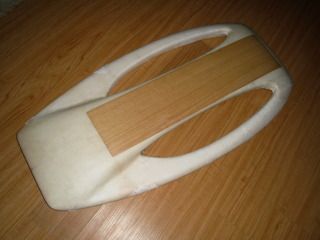
Not all the hulls were solid material , i made a few with mesh and clear vinyl hulls as well.
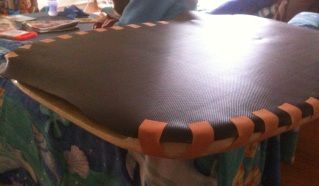
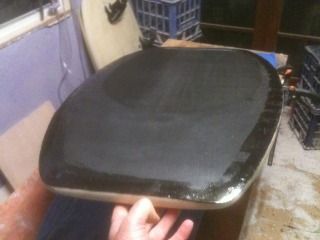

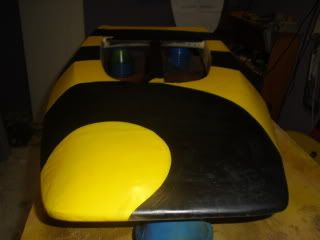

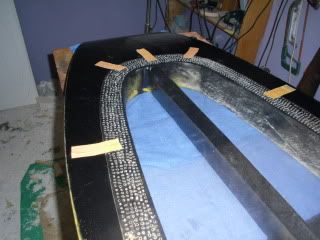
Even a few flexible hull handplanes.
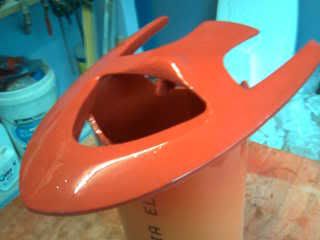

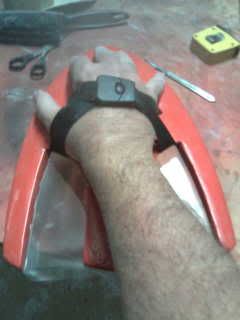

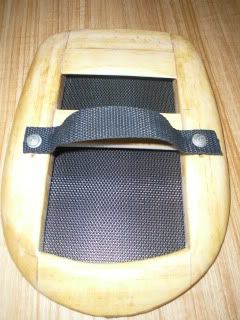
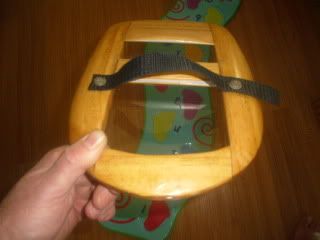
But after making a dozen flexible hull craft I started to make inflated material craft, usally with composite materials and using vac bagging techniques.

I was trying to answer a few questions about the reason for a mats speed...
is it the flexibility of the hull,
does it need inflation,
if so how much,
how much does the pliability of the material make a difference,
how much curve across the pontoons controls the mats bouyancy and lift,
would a material under tension create the same flexibilty as an inflated mat, maybe even a taut mesh ?
and how would changing any of these elements affect the performance.
 Not all the hulls were solid material , i made a few with mesh and clear vinyl hulls as well.
Not all the hulls were solid material , i made a few with mesh and clear vinyl hulls as well.





 Even a few flexible hull handplanes.
Even a few flexible hull handplanes.





 But after making a dozen flexible hull craft I started to make inflated material craft, usally with composite materials and using vac bagging techniques.
But after making a dozen flexible hull craft I started to make inflated material craft, usally with composite materials and using vac bagging techniques.
 I was trying to answer a few questions about the reason for a mats speed...
is it the flexibility of the hull,
does it need inflation,
if so how much,
how much does the pliability of the material make a difference,
how much curve across the pontoons controls the mats bouyancy and lift,
would a material under tension create the same flexibilty as an inflated mat, maybe even a taut mesh ?
and how would changing any of these elements affect the performance.
I was trying to answer a few questions about the reason for a mats speed...
is it the flexibility of the hull,
does it need inflation,
if so how much,
how much does the pliability of the material make a difference,
how much curve across the pontoons controls the mats bouyancy and lift,
would a material under tension create the same flexibilty as an inflated mat, maybe even a taut mesh ?
and how would changing any of these elements affect the performance.
No comments:
Post a Comment